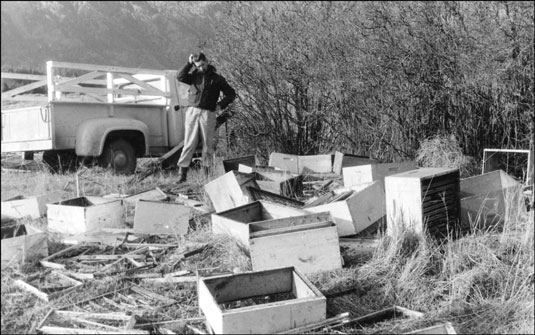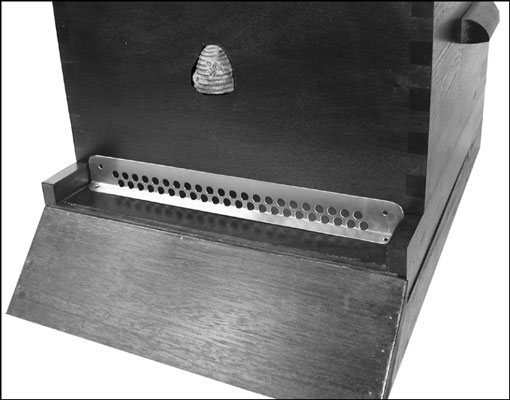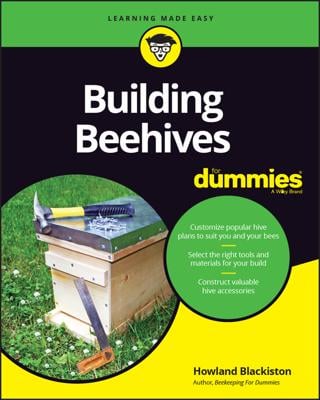Even healthy bee colonies can run into trouble every now and then. Critters can create problems for your hives. Anticipating such trouble can head off disaster. And if any of these pests get the better of your colony, you’ll need to know what steps to take to prevent things from getting worse.
Defending your beehive from bears
If bears are active in your area (they’re in many states within the continental United States), taking steps to protect your hive from these lumbering marauders is a necessity. If they catch a whiff of your hive, they can do spectacular and heartbreaking damage, smashing apart the hive and scattering frames and supers far and wide. Worse yet, you can be certain that once they’ve discovered your bees, they’ll be back, hoping for a second helping.
The only really effective defense against these huge beasts is installing an electric fence around your apiary. Anything short of this just won’t do the trick.
If you’re ever unlucky enough to lose your bees to bears, be sure to contact your state or local conservation department. You may qualify for remuneration for the loss of your bees. And the department may provide financial assistance for the installation of an electric fence.

Raccoons and skunks can wreck hives
Raccoons are clever animals. They easily figure out how to remove the hive’s top to get at the tasty treats inside. Placing a heavy rock on the hive’s outer cover is a simple solution to a pesky raccoon problem.
Skunks are insect eaters by nature. When they find insects that have a sweet drop of honey in the center . . . bonanza! Skunks and their families visit the hive at night and scratch at the entrance until bees come out to investigate. When they do . . . they’re snatched up by the skunk and . . . gulp!
Putting your hive on an elevated stand is an effective solution for skunk invasions. The skunk then must stand on his hind legs to reach the hive’s entrance. That exposes his tender underbelly to the bees.
Another solution is hammering a bunch of nails through a plank of plywood (about two-feet square) and placing it in front of the hive with the nail points sticking up. Like a bed of nails. No more skunks. Just be sure you remember the plank’s there when you go stomping around the hive.
Keeping mice out of your bees
When the nighttime weather starts turning colder in early autumn, mice start looking for appropriate winter nesting sites. A toasty warm hive is a desirable option.
Mice do extensive damage in a hive during the winter. They don’t directly harm the bees, but they destroy comb and foundation and generally make a big mess. They usually leave the hive in early spring, long before the bees break winter cluster and chase them out or sting them to death. Anticipate mouse problems and take these simple steps to prevent them from taking up winter residence in your hive:
As part of winterizing your hive, use a long stick or a wire coat hanger to “sweep” the floor of the bottom board, making sure that no mouse already has taken up residence.
When you’re sure your furry friends are not at home, secure a metal mouse guard along the entrance of the hive.
Using a wooden entrance reducer as a mouse guard doesn’t work. The mouse nibbles away at the wood and makes the opening just big enough to slip through.
 Installing a metal mouse guard prevents mice from nesting in your hive during winter.
Installing a metal mouse guard prevents mice from nesting in your hive during winter.
Some birds have a taste for bees
If you think you notice birds swooping at your bees and eating them, you may be right. Some birds have a taste for bees and gobble them up as bees fly in and out of the hive. But don’t be alarmed. The number of bees that you’ll lose to birds probably is modest compared to the hive’s total population. No action need be taken. You’re just witnessing nature’s balancing act.

